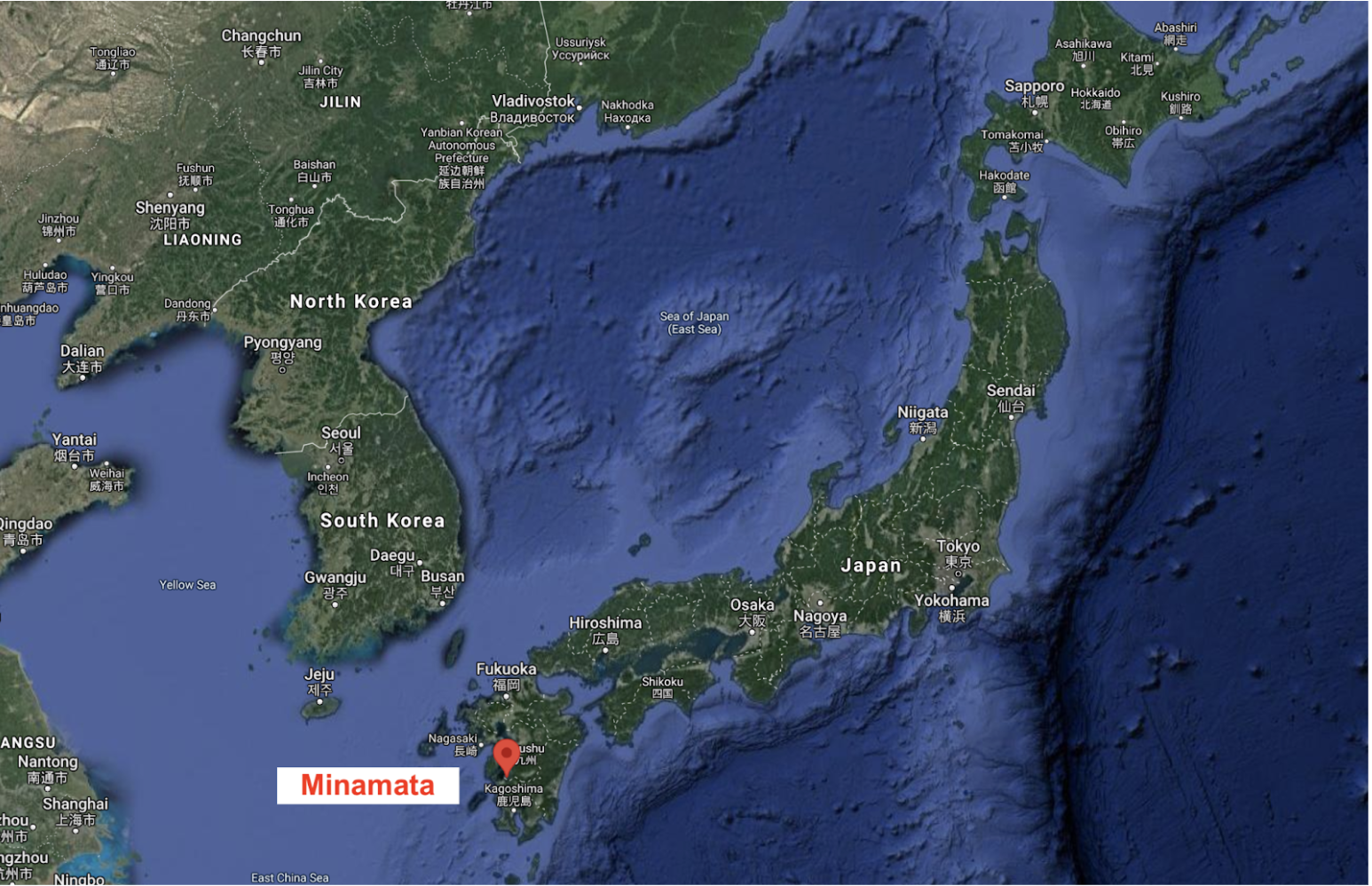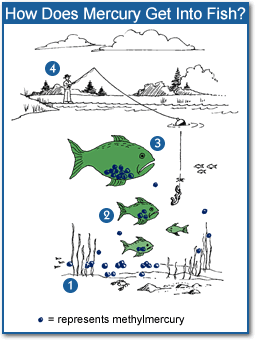A History Lesson About Bioaccumulation from A Small Town in Japan
By David Evans, Freelance Environmental Writer
How a small town in Japan became famous
From 1932 to 1956, thousands of residents of Minamata Japan suffered from an obscure disease with an unknown source or cause. Symptoms ranged from muscle weakness, impaired vision, and numbness in the hands and feet, all the way to neurological problems, paralysis, and death.
The repercussions of this disease are still being felt by some even today, but we now know the cause of what has come to be known as Minamata disease.
In 1956 a special board tasked with identifying the source discovered two key things:
The result of their citizens’ mass sickness was coming from heavy metals from local seafood
A chemical factory had been releasing wastewater with methylmercury into local waters
We now know methylmercury, a form of the heavy metal mercury, bioaccumulates in fish and shellfish and can lead to mercury poisoning, also known as Minamata disease.
As of 2001, 1,784 victims had died of Minamata disease and an additional 481 were recognized as having the disease.
Although Minamata has become the poster child of mercury pollution and its consequences, it is only one of several documented cases that help us understand the dangers of mercury poisoning.
Communities around Grassy Narrows, Ontario, Canada and connected waterways are still dealing with the outfalls from mercury contamination that occurred in the 1960’s.
What we’ve learned from these events helps us understand and mitigate our own risks.
To understand our risks, we need to explore how mercury can move through the environment and get into our bodies.
How does bioaccumulation work?
Bioaccumulation is the build up of a substance over time in a living organism.
Accumulation of mercury and its more dangerous form, methylmercury, through the food chain results in high concentrations of mercury in larger animals.
Image Source: Vermont Department of Conservation
The process of bioaccumulation as diagrammed above, follows this process:
Mercury is released into our natural resources from both natural and anthropogenic sources
Mercury makes its way up through the food chain as it is absorbed and passed along:
Plants and small organisms like plankton (passive surface absorption)
Shellfish and smaller organisms consume plankton
Medium sized fish
Larger fish
Animals and Humans
Seafood is a particularly high source of mercury because mercury in waterways and oceans bioaccumulates in the fat of shellfish and fish.
The sources of mercury pollution
Mercury does not only get into our natural environment from point pollution, like wastewater from the Minamata pollution event. Various forms of mercury can also make their way into our waterways and oceans through the atmosphere.
The two main sources of methylmercury in our atmosphere are:
Coal-burning power plants
Natural sources such as volcanoes
This can be transferred to our soils and waterways and water bodies via rain. The point pollution of mercury into the ocean as seen in Minamata serves as an important lesson about the harmful affects of concentrations of mercury, but events like this represent a relatively low portion of the mercury that pollutes our environment.
What you need to know; what you can do about it?
You may be surprised to hear that until the mid 90’s and early 2000’s the US didn’t have any major regulations to reduce mercury pollution. Although mercury levels have reduced significantly after a series of environmental protections implemented, mercury will remain in organisms and work its way up the food chain over time.
Although including seafood as part of a regular diet is generally safe, we still need to be cognizant of what we eat and sources of mercury.
The main things to know:
Larger fish generally have accumulated more mercury because they are at the top of the food chain (swordfish, sharks, and large tuna are some of the most well known)
Seafood is not screened for mercury levels before going to market
You’re responsible for your own health and wellbeing
Takeaway: To be safe, be more selective about the fish you eat.
While it is much less likely that your local waters will be polluted with mercury to an extent that you will suffer from mercury poisoning like the population in Minamata, exposure to mercury through seafood is still a risk. Consuming large quantities of fish (especially larger fish) will increase your chances of mercury poisoning.
To help reduce your risk, you can review several sources to see which fish have the highest levels of mercury.
You can also test yourself for levels of mercury via your urine or blood.
Further Reading
For more information about the various different forms of mercury, see this basic information about mercury from the EPA, and the Safina Center’s Mercury In Seafood Guide, here.


